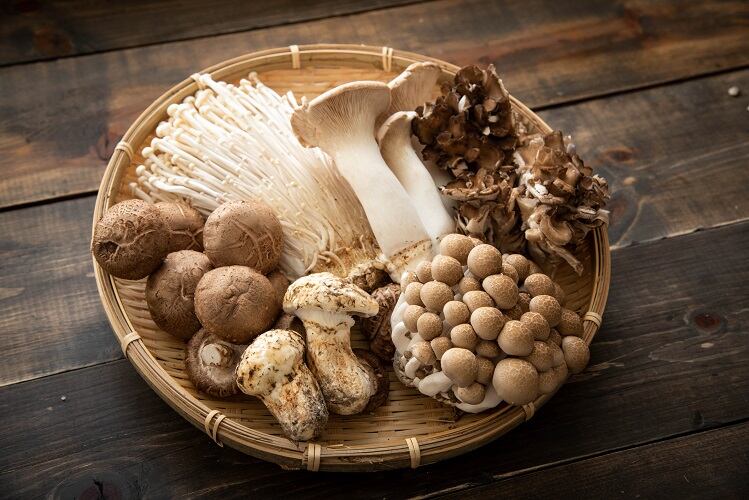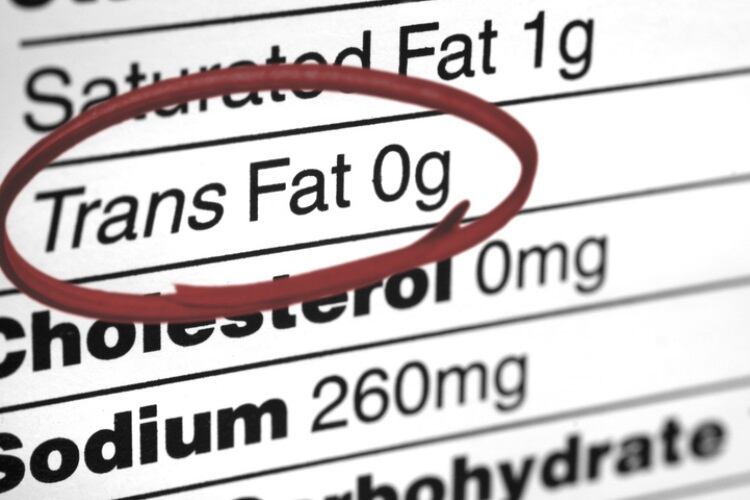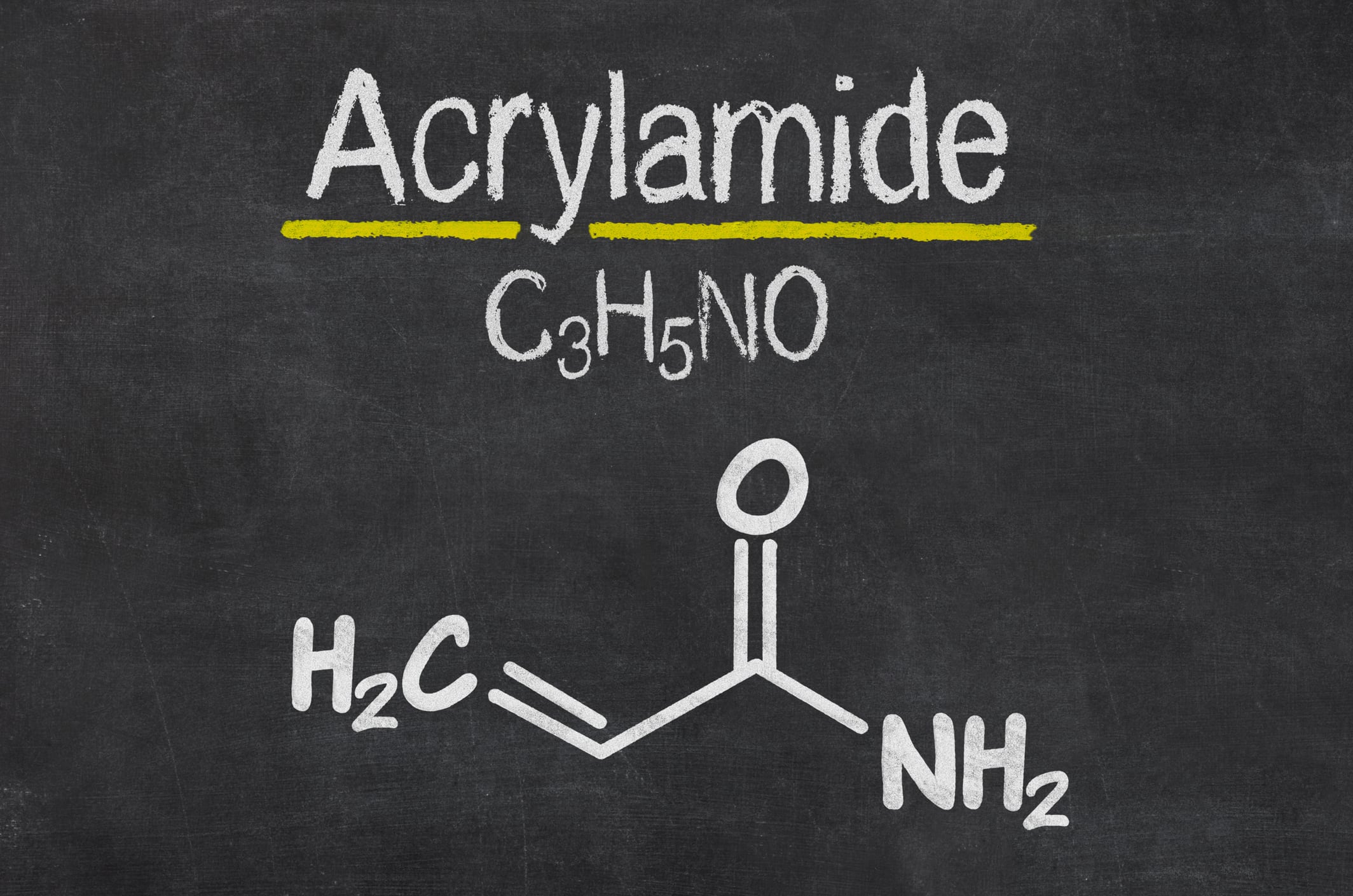The aim of their paper was “to present an overview of mushroom uses and fatty acids contents described in the literature for species of different regions of the world, aiming at contribute to improve the consume of this valuable food as part of the human diet,” they wrote.
While fatty acids are essential to human health, the human body does not produce it. They investigated fatty acid content in mushrooms because it is a less-explored area. Moreover, some populations may have restrictions from consumption of foods currently known to be rich with fatty acids—fish and nuts for example—because of concerns of caloric value, allergies, high cholesterol, and so forth.
“[Hence] new sources of essential fatty acids are sought,” they wrote. Their findings were published online last month in Food Research International, due for print publication in the journal’s November issue.
Worldwide consistency
The amount of lipids in mushrooms are generally low, but in many cases, essential fatty acids make up a substantial part of its lipid content.
Important to note is that ‘mushrooms’ is an umbrella term to describe many different fungi, a ingdom with approximately 2.2 to 3.8 million species from soil-borne to marine-environment types.
“The diversity of species and the worldwide distribution of a plethora of nutritive mushroom-like fungi, rich in essential fatty acids, reinforce the nutraceutical importance of these organisms with potential use worldwide,” they wrote.
Reviewing existing literature, the authors reported that fatty acid contents of wild edible mushrooms are quite variable between species and continents, perhaps due to climatic peculiarities in each region. However, comparing individually different species of the same mushroom (Agaricus bisporus, Pleurotus ostreatus, and Boletus edulis) from different continents revealed similar fatty acid profiles.
“The great variety of edible mushrooms found worldwide and their consistent production of fatty acids, regardless the geographic source, make mushrooms an important source of essential fat acids for a human health diet,” they added.
What fats?
Overall, total lipid content was mostly composed of unsaturated fatty acids.
Mushrooms found in Oceania presented the highest contents of total lipids, at 12.1 g per 100 g mushrooms, followed by America (4.1 g/100 g), Asia (3.8 g/100 g), Africa (3.3 g/100 g), and Europe (2.6 g/100 g).
Additionally, about 70% of the fatty acids present in the total lipid content observed in edible mushrooms worldwide are represented by linoleic, linolenic, and oleic acids.
Source: Food Research International
Published online ahead of print, https://doi.org/10.1016/j.foodres.2019.108524
“Edible mushrooms as a ubiquitous source of essential fatty acids”
Authors: Denise Sande, et al.



